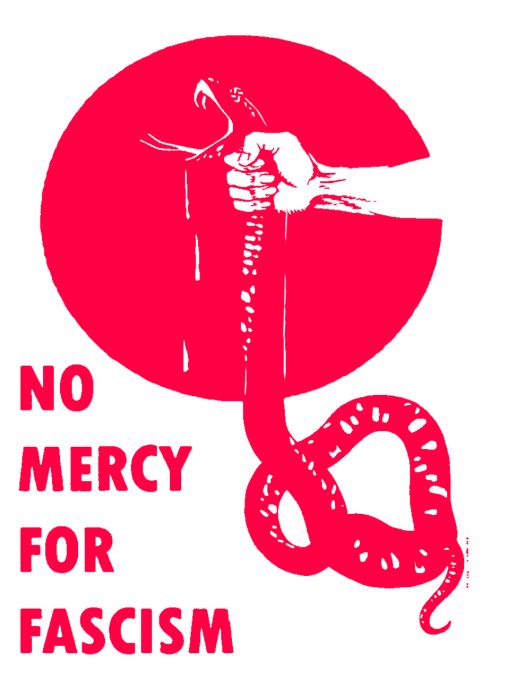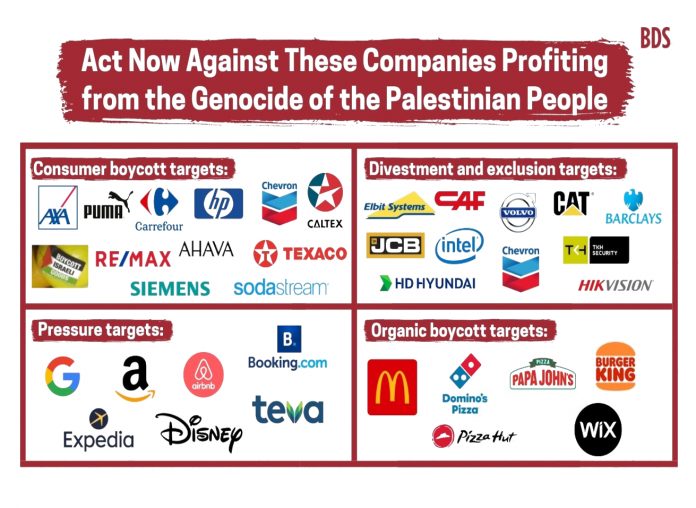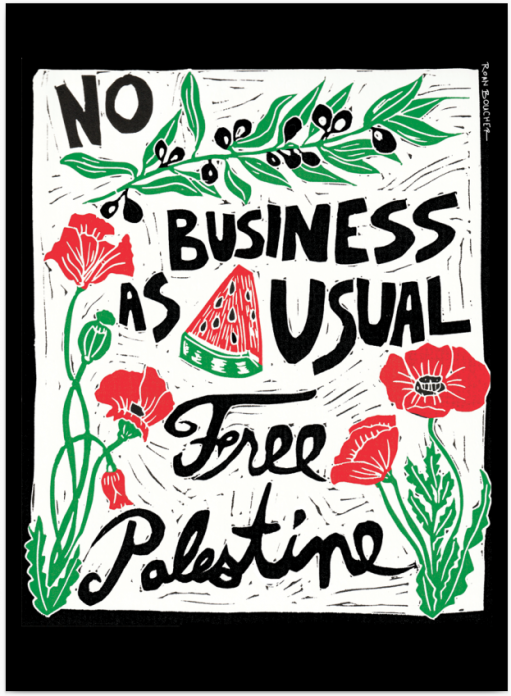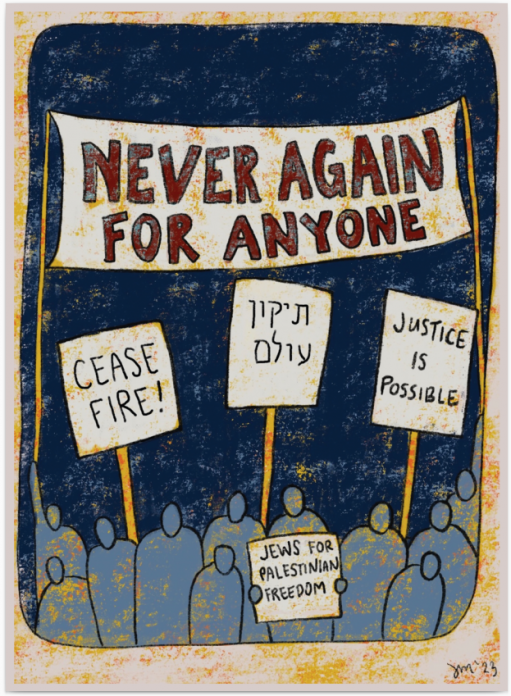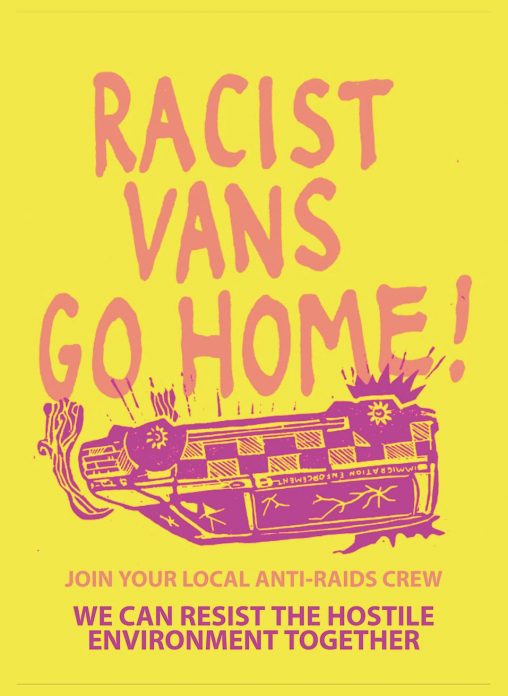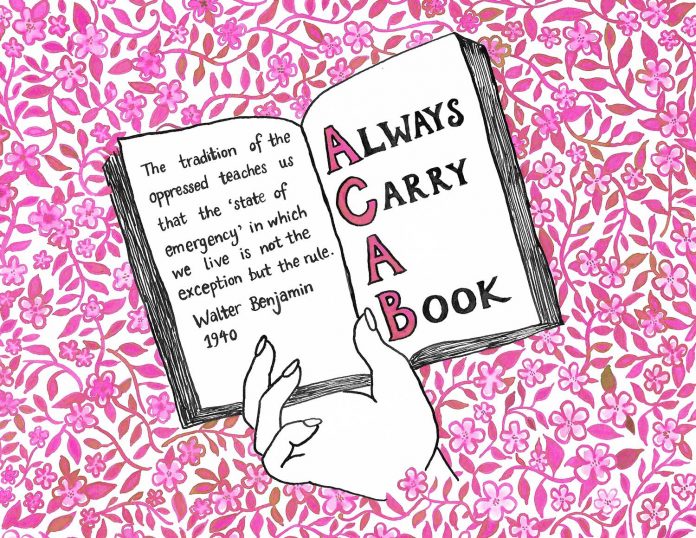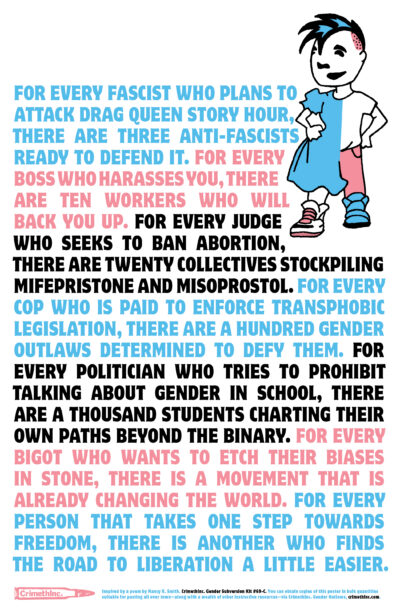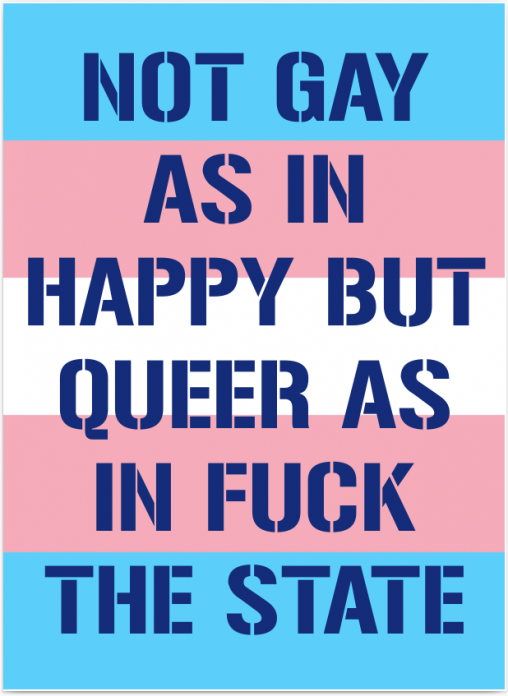Animal Liberation Human Liberation sticker
£0.10
Animal Liberation Human Liberation, One Struggle One Fight!
Description
December 11, 2007
Animal Liberation Is Human Liberation
A common misconception shared by those who sneer at animal-rights activism may be best framed in the following statement, hurled at me as I protested Canada’s annual seal slaughter: “Why don’t you animal-rights people spend your time helping humans?” Implicit in such a question (it’s really an accusation) are the beliefs that a) Humans are superior to all other species and b) Those who work to advance the interests of non-human animals are misanthropes ‘ or at least they don’t care much for their fellow humans.
Actually, every animal activist I know understands there is a direct link between animal liberation and human liberation. They know that violence against animals frequently precipitates violence against humans; that vivisection is a barbaric and dangerous practice; that eating animals and their secretions (eggs and dairy products) is a major contributor to human diseases; that while an estimated 750 million people go to bed hungry every night, a third of the world’s grain is fed to farmed animals; and that our subjugation of animals has led to a host of human tragedies, including euthanasia killings, genocide and slavery. Not only are animal activists aware of these realities but, unlike most people who waggle their fingers at us, we’re doing something about them.
The relationship between animal exploitation and the degradation of humans goes back thousands of years. In his book “Eternal Treblinka,” historian Charles Patterson demonstrates how the domestication and abuse of animals has served as a model for how humans treat one another. Practices used in the slave trade, for example, such as chaining, whipping, branding and castration, were first used to control and dominate animals raised for food. Feminist Elizabeth Fisher, notes Patterson, asserts “that it was the vertical, hierarchical positioning of human master over animal slave that intensified human cruelty and laid the foundation for human slavery. The violation of animals expedited the violation of human beings.”
We even use animals abstractly to degrade and oppress humans: men are “pigs,” enemies are “rats,” a coward is a “chicken,” liars are “dog faced,” people sometimes act like “sheep” and women are often referred to as “dogs,” “chicks,” “bitches” or “cows.” When driving, we might flip the “bird” to a “road hog.” Thus, equating a person with an animal is the height of vilification. Even calling someone “an animal” expresses opprobrium.
Meanwhile, as eating animal flesh has become a national pastime, so has dying from heart disease, cancer and stroke. No one is immune to illness, but, according to the American Dietetic Association, vegetarians have lower rates of death from coronary heart disease, and they have lower blood cholesterol levels, lower blood pressure and lower rates of type-2 diabetes and prostate and colon cancer. In fact, on average vegetarians live six to 10 years longer than meat-eaters, who are nine times more likely to be obese than vegans. Studies have shown that vegetarian kids grow taller and have higher IQs than other children, and adults who switch to a plant-based diet can prevent and even reverse many of the chronic ailments plaguing our meat-loving culture. Animal activists know that a well-planned veggie meal provides us with all the nutrients we need (even protein!), liberating us from the saturated fat, cholesterol and contaminants found in meat, eggs and dairy products. Moreover, the typical Western meat-based diet can only feed 2.5 billion people, but a plant-based diet will feed everyone on the planet.
Though agribusiness churns out the most animal suffering in terms of numbers (55 billion raised and killed each year for food worldwide — a staggering statistic that continues to rise), using animals in product testing and medical research (vivisection) is doubtless the most sinister cruelty imaginable. Millions of animals every year are tortured and infected with diseases. Rabbits are blinded. Mice grow tumors as large as their bodies. Animals have their spines crushed, their bodies repeatedly cut open and their brains implanted with wires. Most of these procedures are conducted without painkiller. Animals often witness other animals killed right in front of them.
Aside from the horrific animal abuse involved, vivisection can be dangerous to humans, since the physiological differences between humans and other animal species cause our bodies to react differently to drugs and diseases. Dr. Charles Mayo, founder of the Mayo Clinic, remarks: “I know of no achievement through vivisection, no scientific discovery, that could not have been obtained without such barbarism and cruelty. The whole thing is evil.” Across the pond in the UK, Dr. Vernon Coleman, Fellow of the Royal Society of Medicine, puts it even more bluntly: “[M]any vivisectors still claim that what they do helps save human lives. They are lying. The truth is that animal experiments kill people, and animal researchers are responsible for the deaths of thousands of men, women and children every year.”
Finally, psychologists and criminologists recognize that those who abuse animals are five times more likely to commit violent crimes against people; indeed, animal cruelty is now on the FBI’s list of warning signs for future violence. “Murderers ‘very often start out by killing and torturing animals as kids,” says FBI profiler Robert Ressler. Even violence in the home frequently begins with animal abuse: studies have shown that in situations where women or children were abused, so were their animals. A 1995 study, for example, revealed that 71 percent of battered women in one U.S. shelter said their abusive partner had harmed, or threatened to harm, the family pet.
Far from being misanthropic, when an animal activist reaches out to a fellow human being, she or he is not only advocating on behalf of animals but helping another person realize the connection between our oppression of animals and the oppression of humans — and how liberating one group benefits the other.
Professor Diane Beers reminds us that animal activists have long been engaged in other social reforms. In her book “For the Prevention of Cruelty: The History and Legacy of Animal Rights Activism in the United States,” Beers observes that even 19th-century reformers understood that animal abuse, domestic abuse and child abuse all sprang from the same insidious well. Animal advocate and ASPCA co-founder Henry Bergh, for example, had a central role in the formation of the Society for the Prevention of Cruelty to Children in 1874. And let’s not forget the work of humanitarian William Wilberforce, who co-founded the Royal Society for the Prevention of Cruelty to Animals and is best remembered for helping to abolish the slave trade throughout the British Empire.
Neatly summarizing the animal liberation-human liberation link is a popular activist slogan: “One struggle, one fight! Human freedom, animal rights!” But perhaps Andrew Linzey, the director of the Oxford Centre for Animal Ethics, characterizes the connection best. Professor Linzey shares a story about a beleaguered animal activist who was confronted by someone demanding to know how she could dare work for animals while there was still cruelty to children. “I’m working at the roots,” replied the activist.
Mark Hawthorne is the author of Striking at the Roots: A Practical Guide to Animal Activism (O Books).
Mark Hawthorne is the author of “Striking at the Roots: A Practical Guide to Animal Activism” (O Books). Mark adopted a vegetarian lifestyle soon after an encounter with one of India’s many cows in 1992 and went vegan a decade later. He is now a committed animal activist who has engaged in nearly every model of activism, from leafleting and tabling to protesting and direct action. Currently, he is working with hundreds of other activists on an historic ballot initiative that will ban the use of battery cages, gestation crates and veal crates in California. Mark was a contributing writer for Satya from 2004 until the magazine ceased publishing in June of 2007, and his articles, book reviews, essays and opinion pieces have also appeared in Herbivore, VegNews, Vegan Voice, Hinduism Today, Utne.com and many daily newspapers across the United States. Mark is a volunteer for Animal Place, a vegan education center and sanctuary for farmed animals in northern California, where he serves on the outreach advisory council. He is also involved in rabbit rescue and lives with five rescued rabbits.
Additional information
| Weight | 0.002000 kg |
|---|


